Most Recent
Campaign Completed - Thank You So Much!
On the North Shore we are fortunate to have a medical and cancer outpatient clinic conveniently located at Lions Gate Hospital. The services provided by the clinic, go well beyond chemotherapy treatments. A multi-disciplinary team provides blood transfusions, immuno-therapy, diagnostic procedures, symptom management support, a specialist pharmacy, counselling and a well-stocked resource library for patients.
However, as the demand for our services continues to expand, it’s clear that our current facilities are no longer adequate. Our Oncology Clinic was last updated almost 20 years ago and is struggling to keep up with the increasing needs of our growing and aging population.
Karen Baillie, Oncology Clinician at LGH says: “A modernized, spacious clinic will enhance our team approach to cancer care, benefitting, patieitnts, their families and dedicated staff.”
Your contributions will help transform care for our cancer patients at LGH. Your generous donations to our Cancer Care Campaign will be used to fund a new purpose-built Centre on the ground floor of the existing LGH building.
With your support, we are able to:
- Double the size of the clinic
- Increase the number of treatment spaces from 22 to 40
- Add three new counselling rooms
- Almost triple the size of the Oncology Pharmacy
- Double office space for staff research and administration
Receiving a cancer diagnosis is unquestionably frightening and life- altering, but with improved treatment options more people do survive and live well. Having a trusted team with the right resources, expertise and space can offer reassurance during a time when your life is on the line.
Thank you for your support!
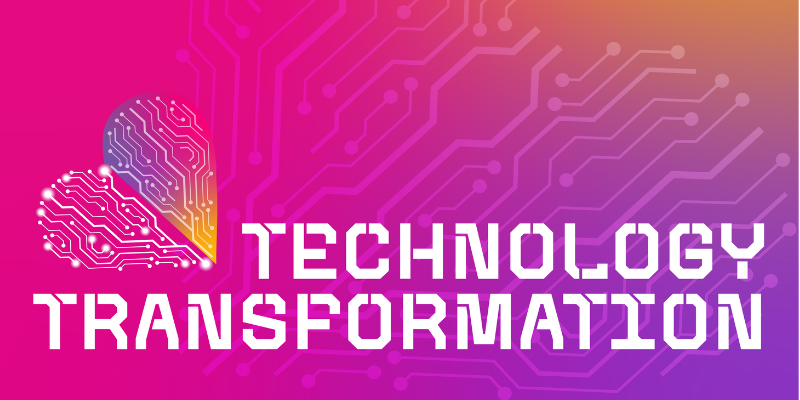
Previous Campaigns
Technology Transformation
With the Paul Myers Tower now well under construction, LGHF has turned its attention to equipping the hospital with 10 new technologies that will elevate clinical care and improve the patient experience.

Previous Campaigns
Interventional Radiology
With incredible community support, we raised $3.3 million to fund a new advanced Interventional Radiology suite for LGH.

Previous Campaigns
MRi2
Our donors raised more than $7 million to fund a second MRI machine and renovations to the Medical Imaging Department at LGH.
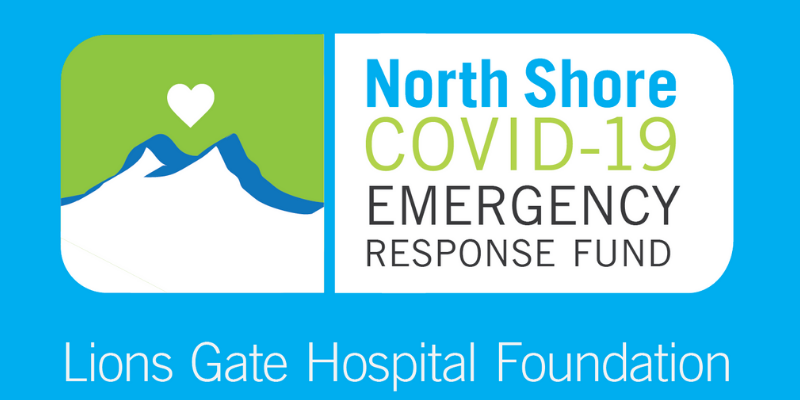
Previous Campaigns
Covid-19 Emergency response fund
Our COVID-19 Fund supported urgent infrastructure upgrades and the purchase of equipment and PPE to provide better patient care and protection to staff.
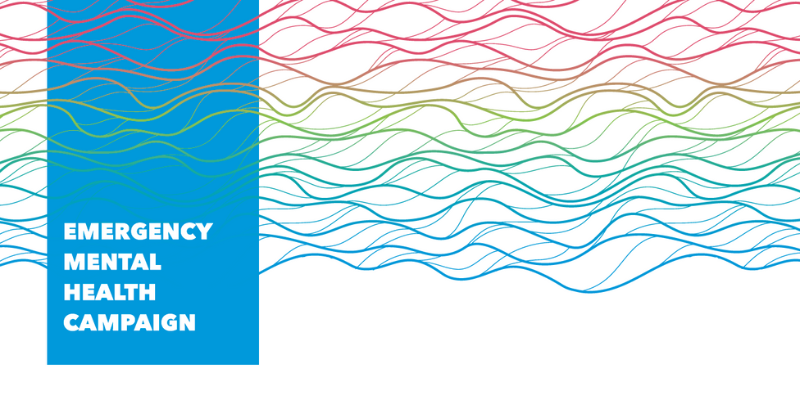
Previous Campaigns
Emergency Mental Health
A safe and secure space for patients dealing with mental health and substance use issues is now available in the new Psychiatric Emergency Assessment and Treatment area at LGH. (November 2022).
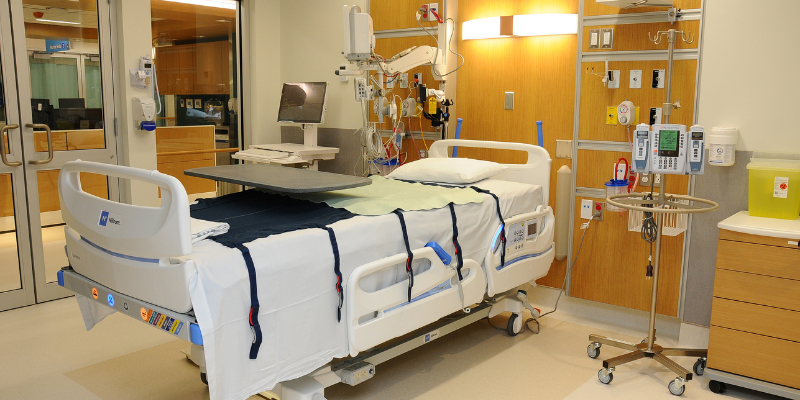
Previous Campaigns
High Acuity Unit
LGH’s new High Acuity Unit provides a state-of-the-art healing space for seriously afflicted patients who require advanced care. (May 2022).

Previous Campaigns
Medical & Surgical Centre
A historic $100 million dollar campaign to build a new Medical & Surgical Centre (opened in March 2025).
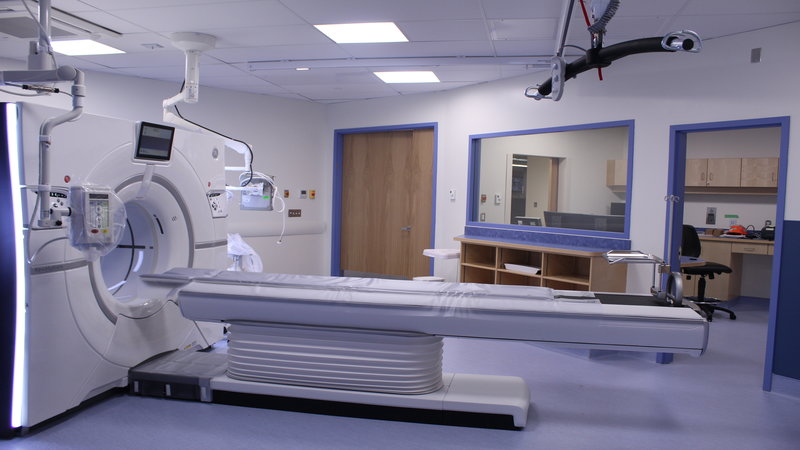
Previous Campaigns
CT Scanner
LGH becomes the first Canadian hospital to own a revolutionary new CT scanner that uses less radiation and works faster. (July 2018).

Previous Campaigns
North Shore Hospice
The opening of BC’s only palliative care hub at North Shore Hospice (September 2018).
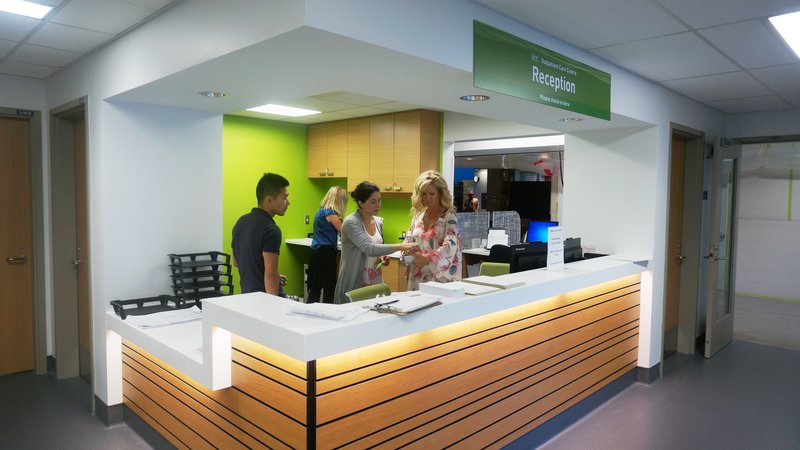
Previous Campaigns
Outpatient Care Centre
A purpose-built Outpatient Care Centre (Opened September, 2017).
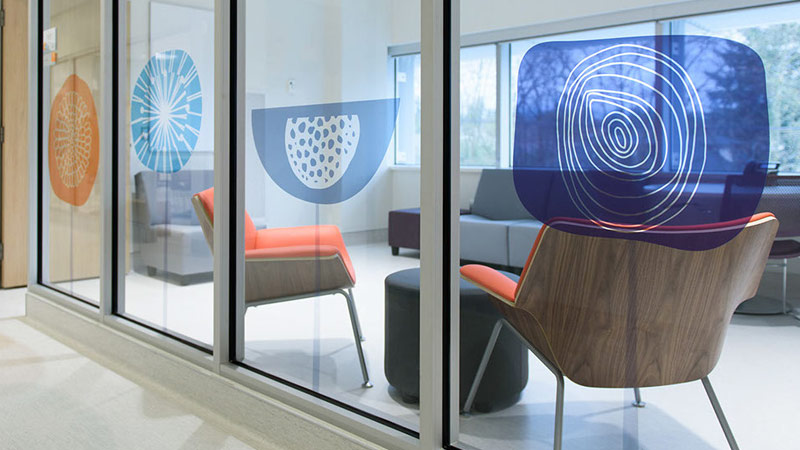
Previous Campaigns
Carlile Centre
The opening of the Carlile Centre to provide mental health and substance use services to at risk youth (April, 2017).
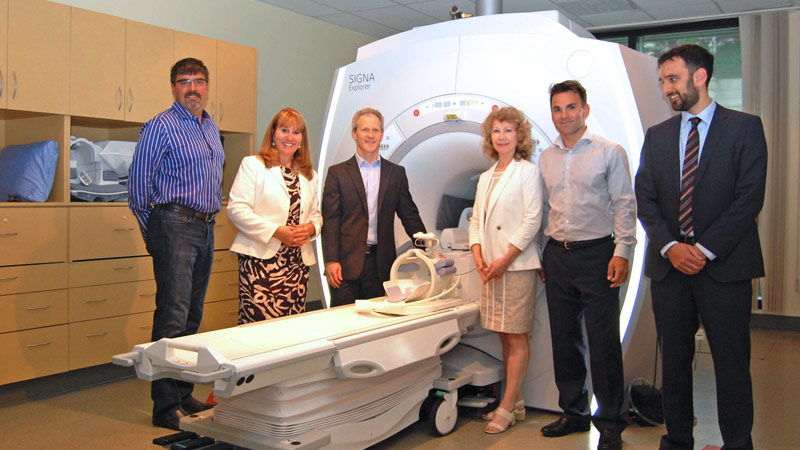
Previous Campaigns
Medical Imaging Upgrades
The addition of a MRI and fluoroscopy and digital X-ray unit to the Medical Imaging department (2017 & 2018).

Previous Campaigns
Hope Centre
The HOpe Centre provides patients with seamless integrated inpatient and outpatient psychiatric care (2014).